Optimal Timing for Concrete Installations
Concrete installations require careful timing to ensure durability and quality. The ideal period depends on local climate conditions, temperature, and humidity levels. Proper scheduling minimizes the risk of cracking, uneven curing, and other issues that can compromise the longevity of the concrete.
Concrete performs best when temperatures are between 50°F and 85°F. Extreme cold or heat can affect curing and strength development.
Spring and fall often provide the most suitable weather for concrete work, avoiding the extremes of summer and winter.
Scheduling should account for forecasted rain, snow, or freezing temperatures to prevent delays and defects.
Proper curing requires stable conditions; delays due to weather can extend the curing period and impact quality.
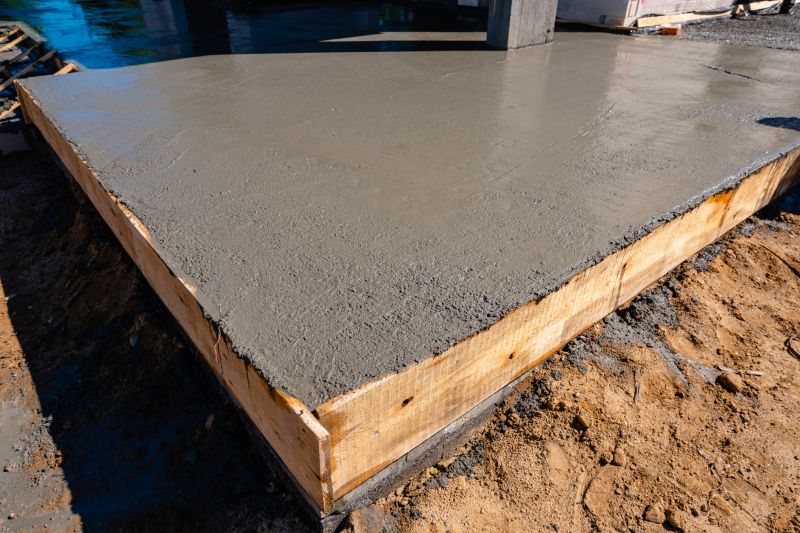
Ways to make Concrete Installations work in tight or awkward layouts.
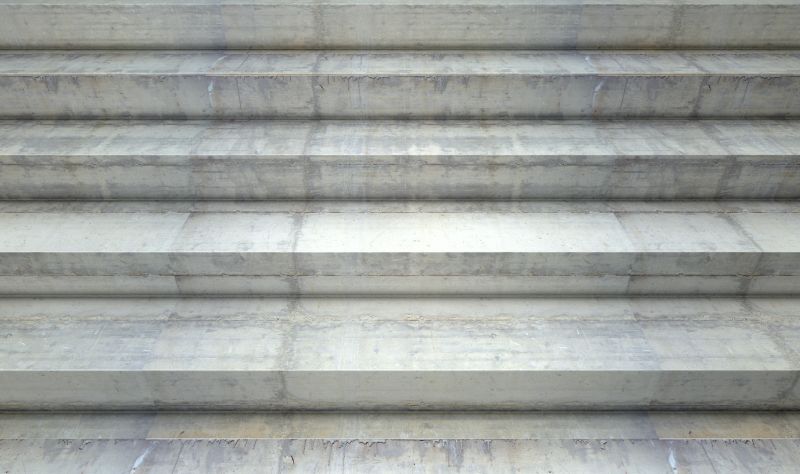
Popular materials for Concrete Installations and why they hold up over time.

Simple add-ons that improve Concrete Installations without blowing the budget.
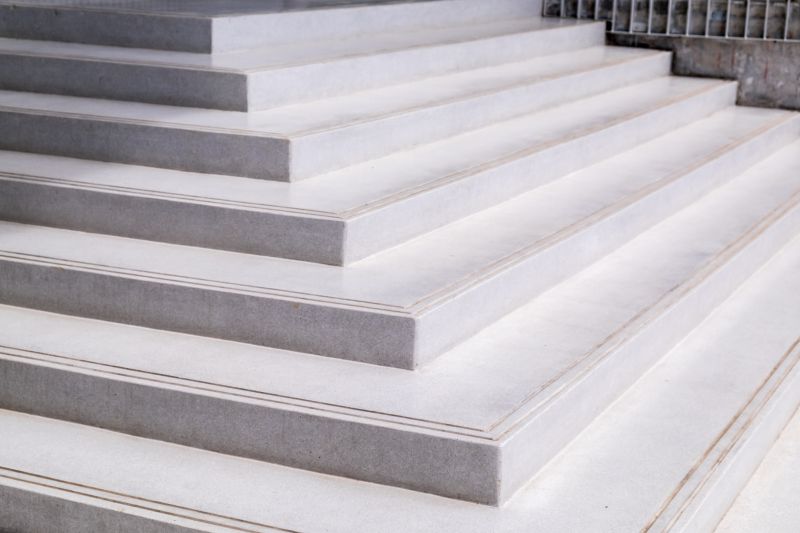
High-end options that actually feel worth it for Concrete Installations.

Finishes and colors that play nicely with Concrete Installations.
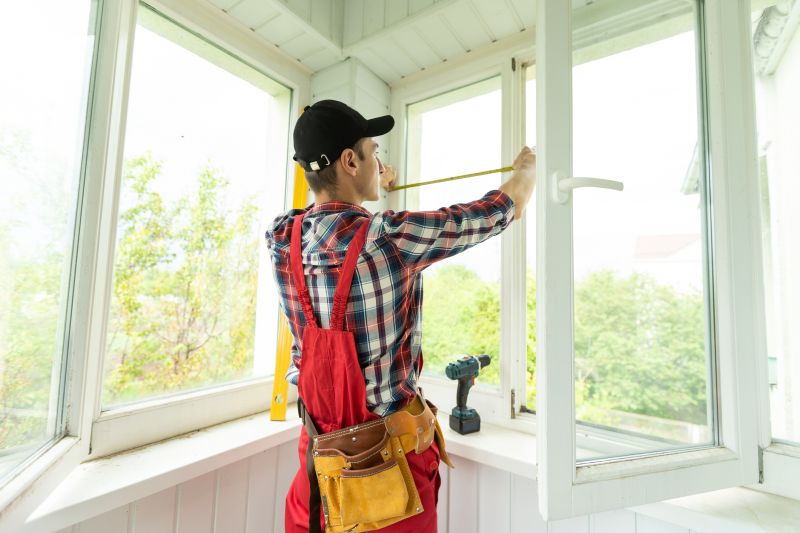
Little measurements that prevent headaches on Concrete Installations day.
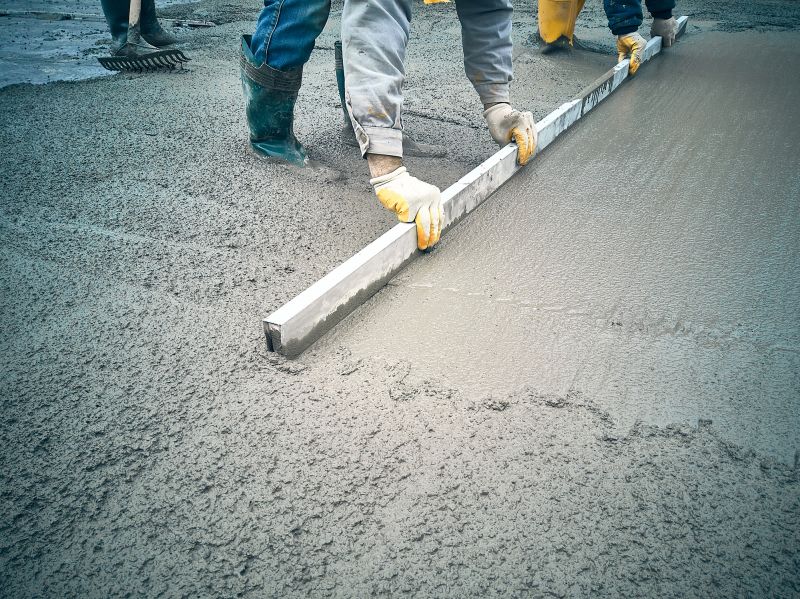
A 60-second routine that keeps Concrete Installations looking new.
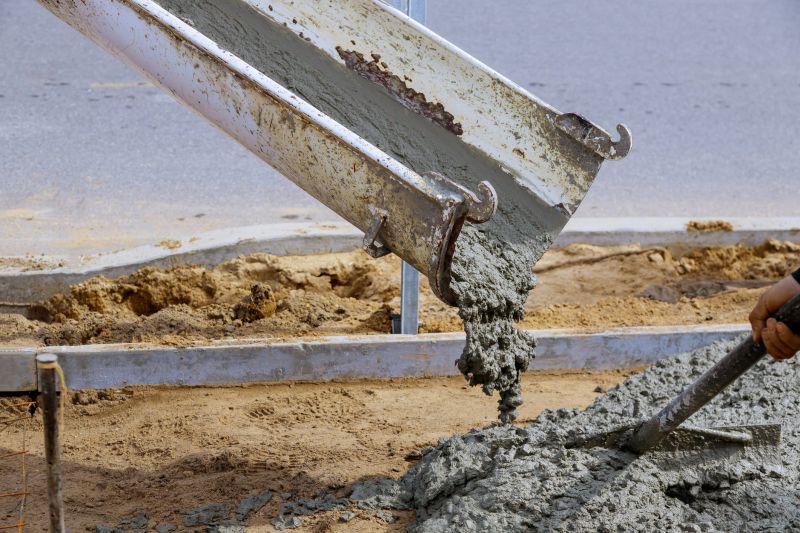
A frequent mistake in Concrete Installations and how to dodge it.
| Season | Advantages |
|---|---|
| Spring | Moderate temperatures, low humidity, ideal for curing. |
| Fall | Cooler weather reduces curing speed, minimizing cracking. |
| Summer | Potential for high temperatures; requires shade and cooling. |
| Winter | Cold temperatures can hinder curing; special measures needed. |
Concrete installation is a precise process that benefits from optimal timing. Proper scheduling ensures the concrete cures correctly, achieving maximum strength and durability. Weather conditions significantly influence the curing process, making seasonal planning essential for successful projects.
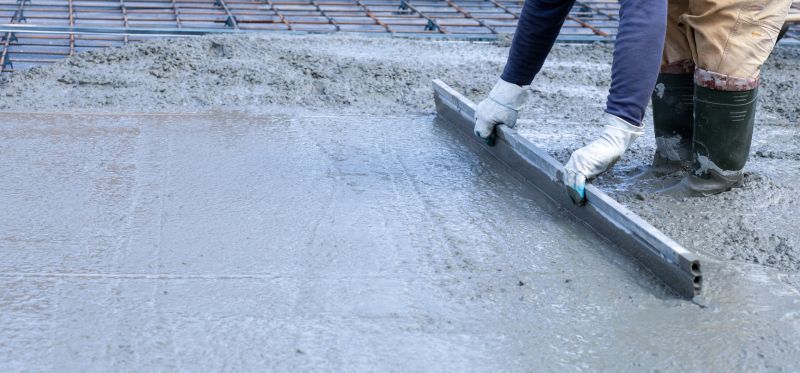
Small tweaks to make Concrete Installations safer and easier to use.
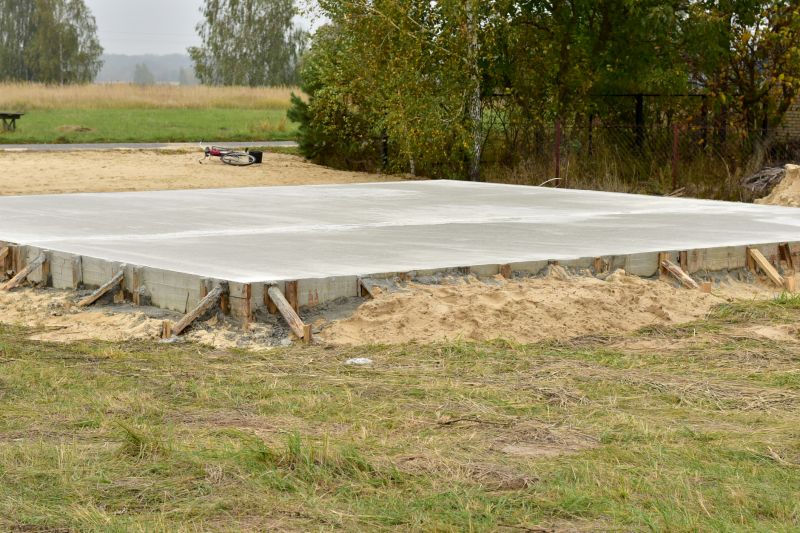
Lower-waste or water-saving choices for Concrete Installations.

The short, realistic tool list for quality Concrete Installations.
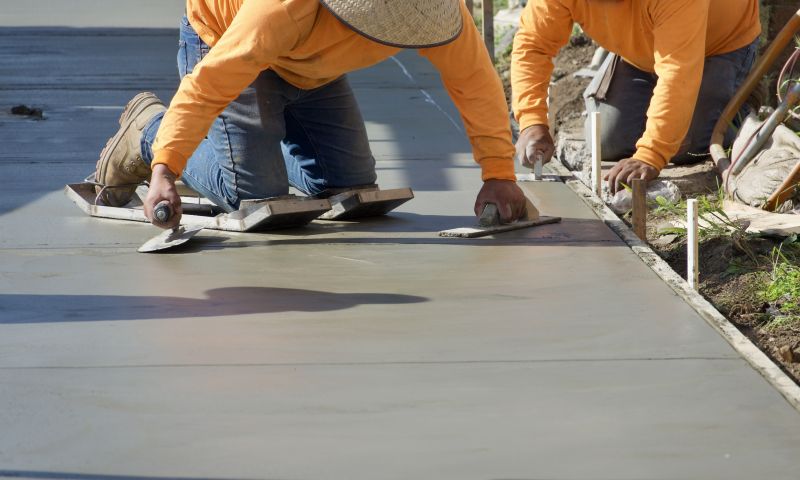
Rough timing from prep to clean-up for Concrete Installations.
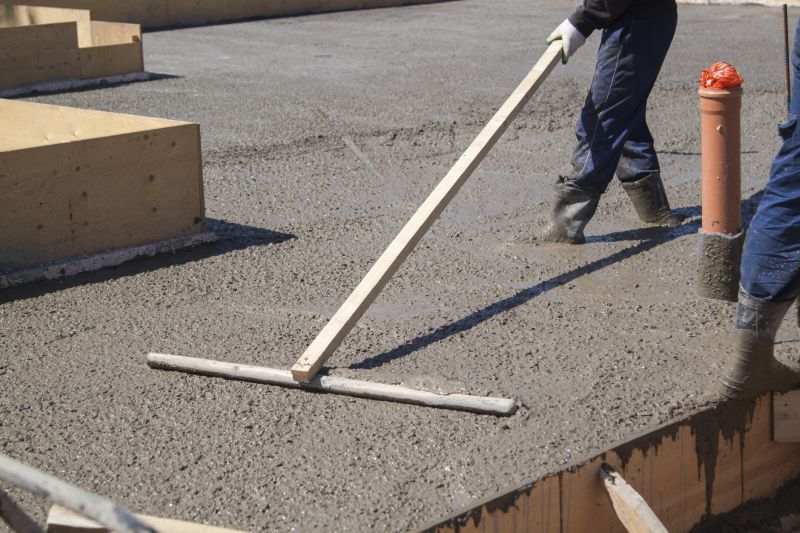
Quick checks and paperwork to keep after Concrete Installations.
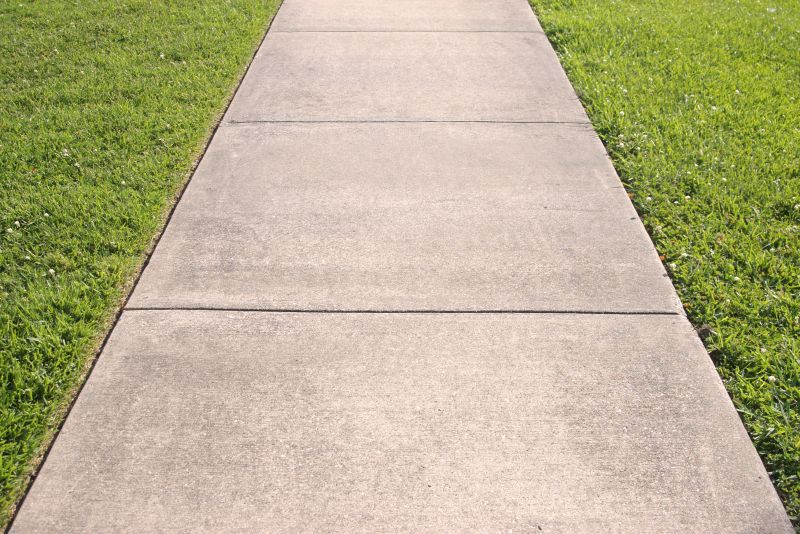
Examples that show the impact a good Concrete Installations can make.

Ways to make Concrete Installations work in tight or awkward layouts.

Ways to make Concrete Installations work in tight or awkward layouts.
Interested parties can contact for more information or to schedule a consultation on concrete installation timing. Proper planning ensures the best results for durable and high-quality concrete surfaces.
